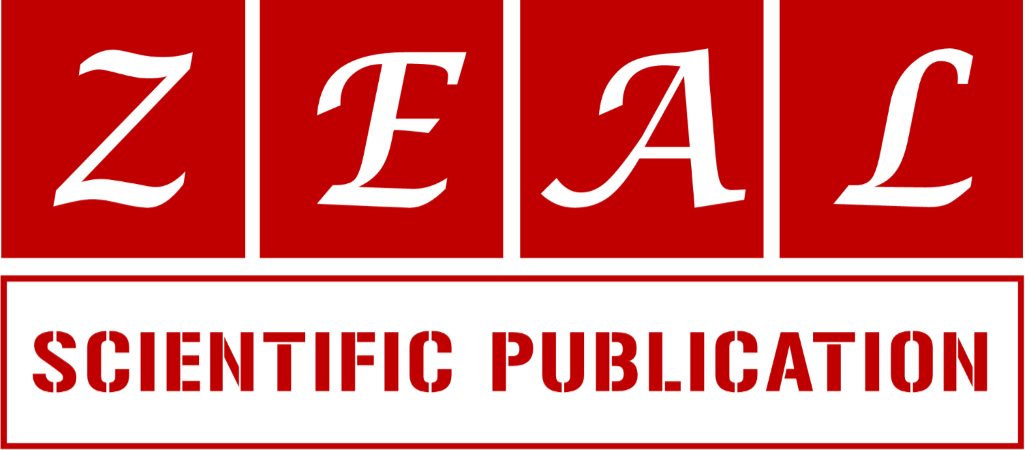A review on PCOS: Its causes, symptoms, pathogenesis and management
Department of Pharmaceutics, Adarsh Institute of Pharmacy, Vita, Sangli 415311, Maharashtra, India.
Review
World Journal of Advanced Pharmaceutical and Medical Research, 2024, 07(01), 014–021.
Article DOI: 10.53346/wjapmr.2024.7.1.0041
Publication history:
Received on 09 June 2024; revised on 23 July 2024; accepted on 25 July 2024
Abstract:
The aim of this review is to provide an overview on the Polycystic Ovarian Syndrome (PCOS) including its causes, symptoms and management. The most prevalent endocrine and metabolic conditions affecting women in their reproductive years is PCOS. About 116 million women worldwide (3.4%) may be impacted by PCOS, according to data from the World Health Organization (WHO). This is a heterogeneous endocrine condition that manifests as insulin resistance, increased testosterone levels, swollen and malfunctioning ovaries, and other symptoms. This paper covers the information about the polycystic ovary syndrome, its causes, symptoms, pathogenesis and its management in brief. External causes include genetic mechanism, diet and environmental factors while insulin resistance, inflammation, hyperandrogenism and obesity are the internal causes. Irregular periods, hirsutism, acne & oily skin, mood swings, weight gain, heavy bleeding, hair thinning, diabetes, pelvic pain, sleep problems and skin darkening are the main signs and symptoms of the PCOS. Pathogenesis of PCOS involves alteration in insulin secretion, change in gonadotropin – releasing hormone and excess androgen level. When treating PCOS, more focus should be placed on the patient's adherence to treatment.
Keywords:
Endocrine; Hyperinsulinemia; Androgen; Hirsutism; Acne
Full text article in PDF:
Copyright information:
Copyright © 2024 Author(s) retain the copyright of this article. This article is published under the terms of the Creative Commons Attribution Liscense 4.0
